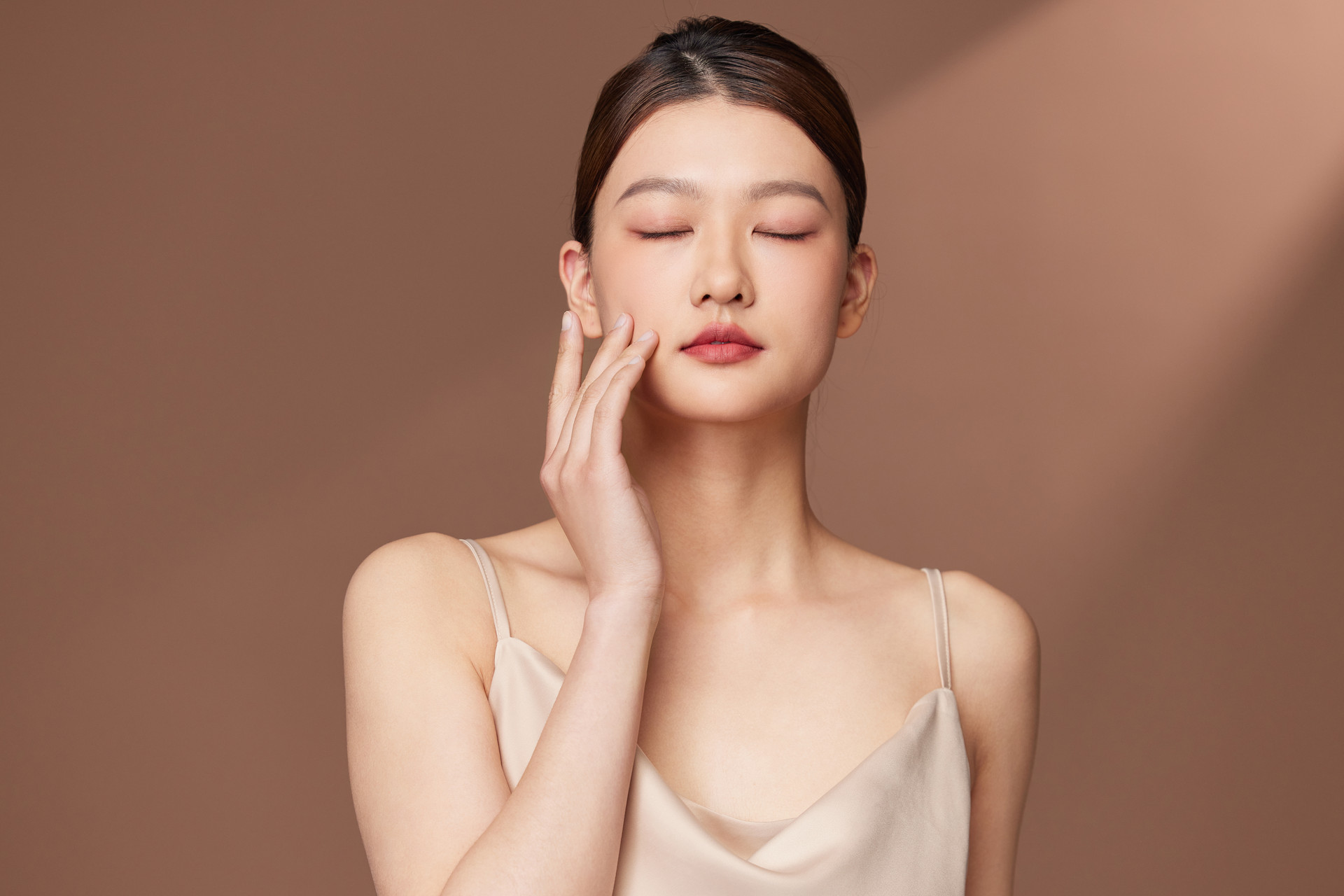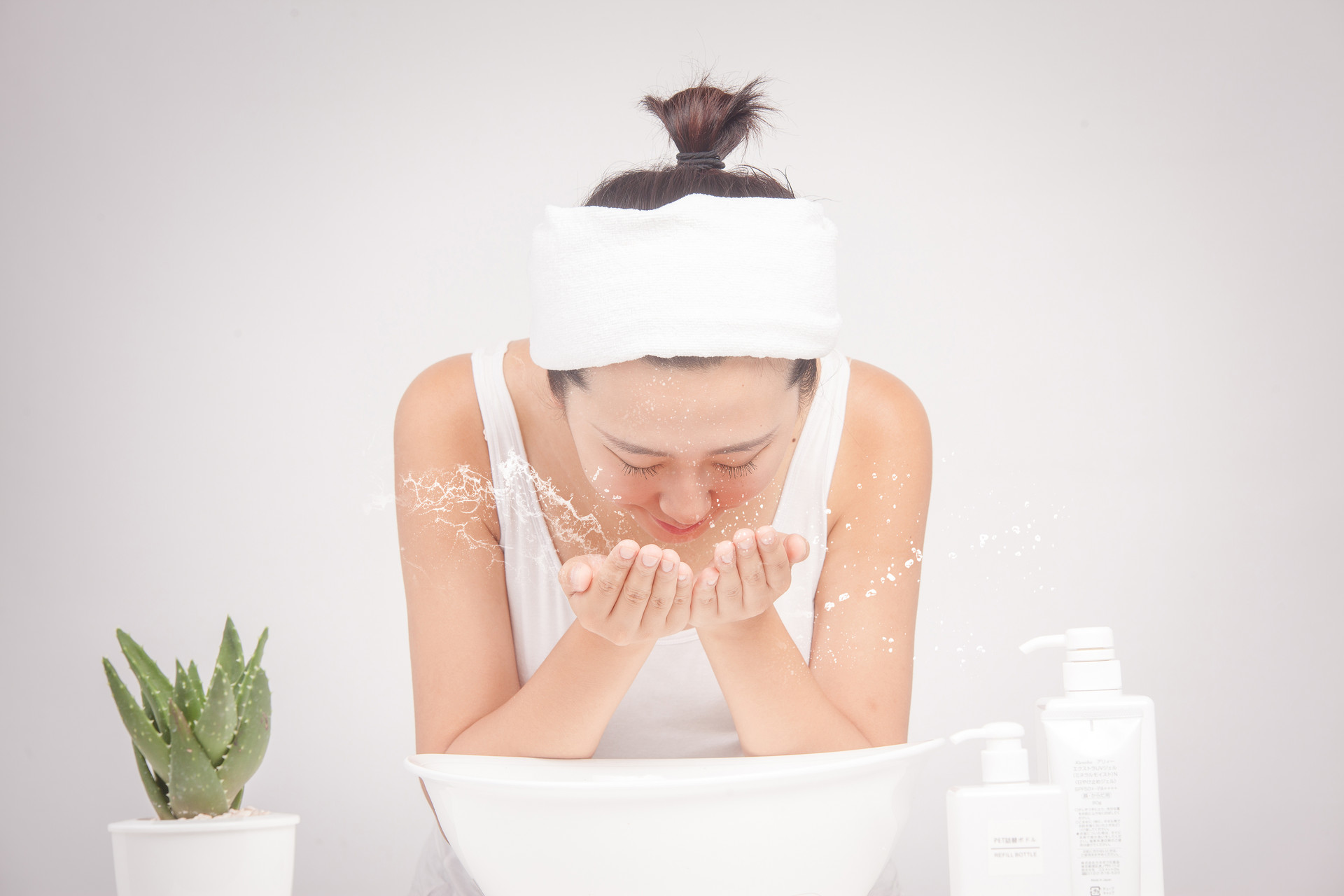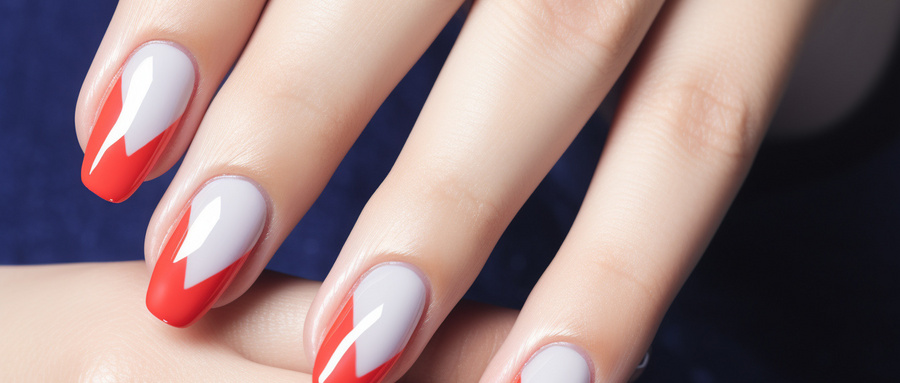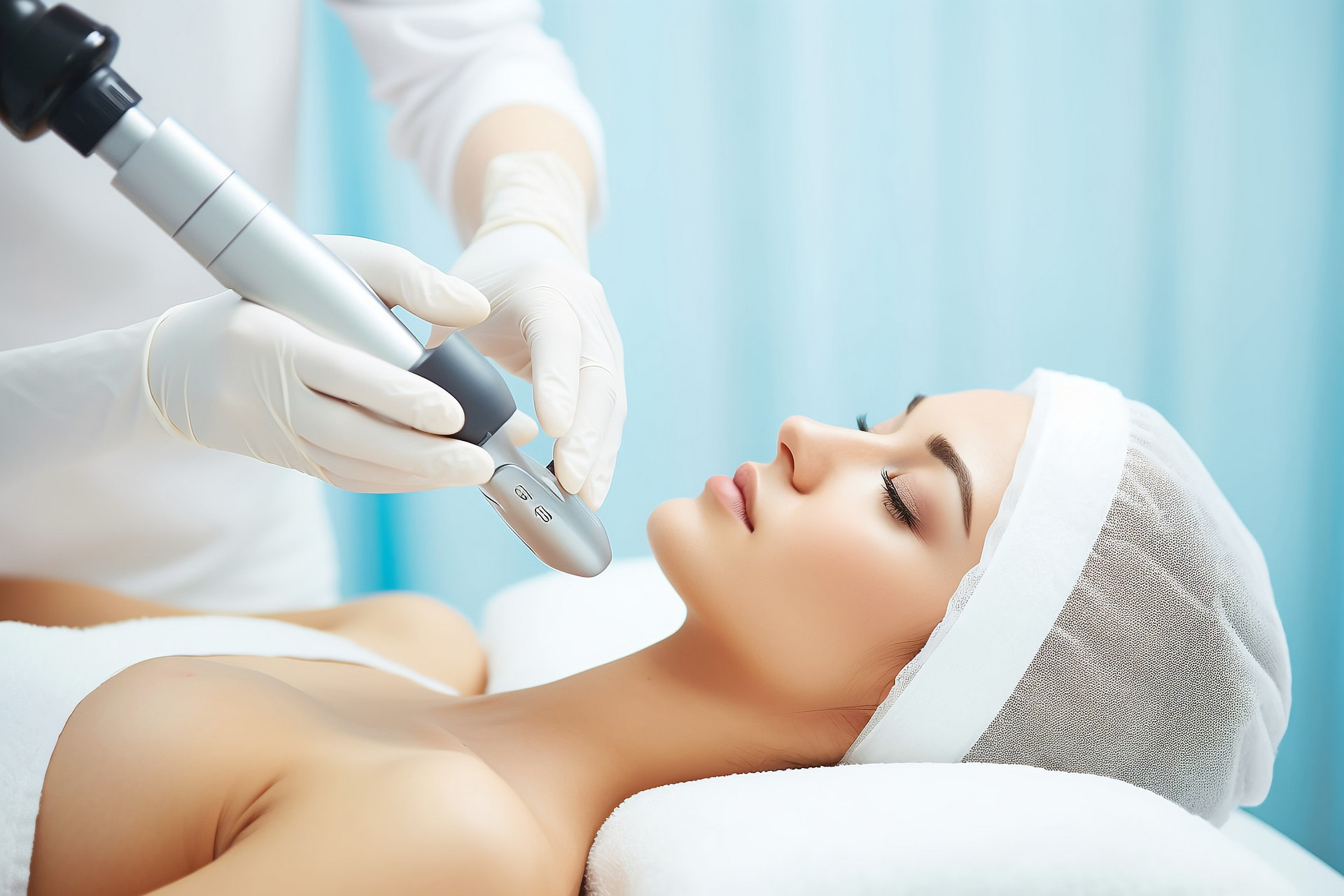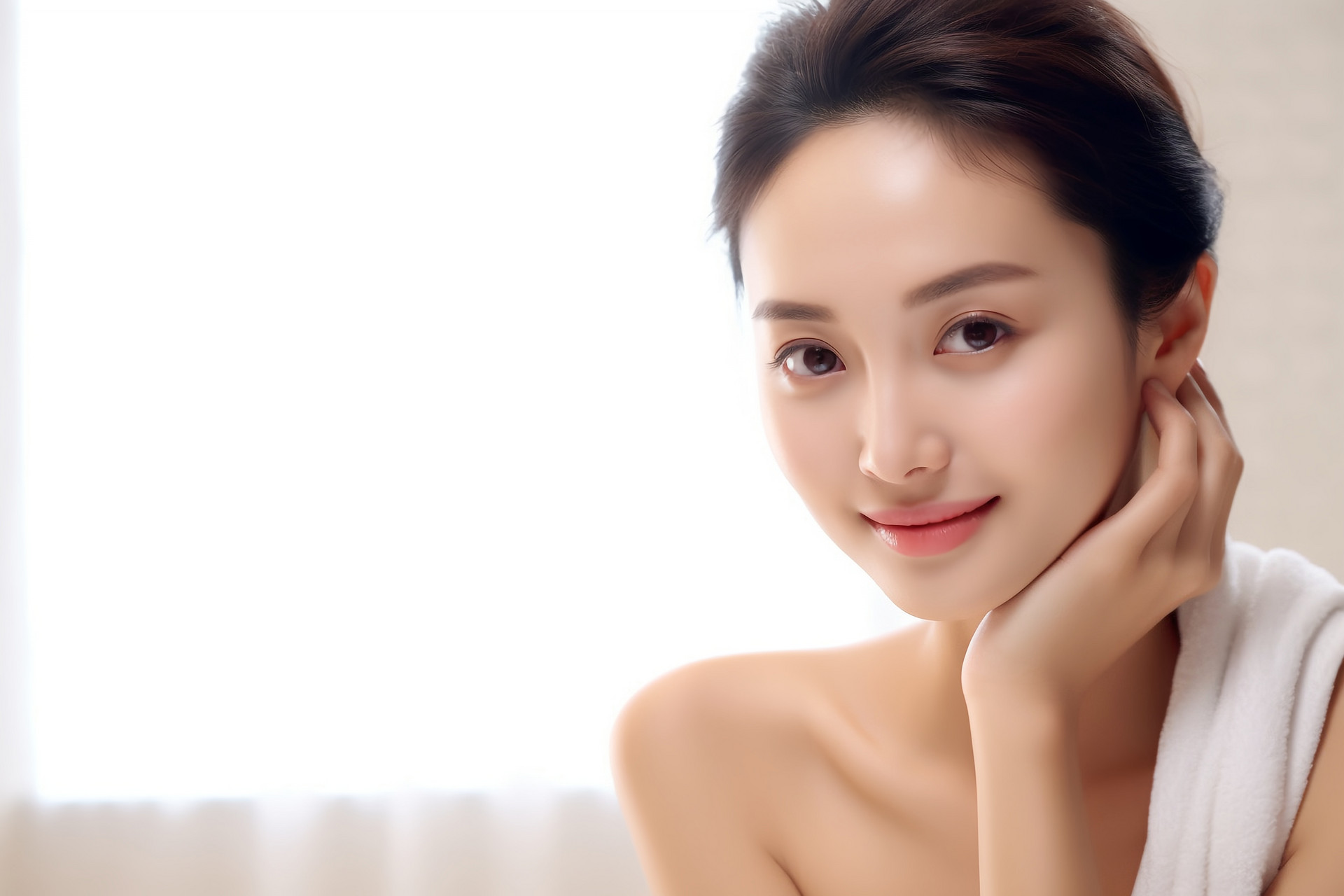Traditional Chinese medicine (TCM) has always been considered magical. It consists of herbs and roots that can treat illnesses and enhance beauty. TCM beauty remedies have been studied and used in the imperial court since ancient times, and their popularity has continued to the present day. TCM beauty remedies have their unique advantages. When you are unsure of which skincare product to choose from the overwhelming options available, why not try the wonders of TCM beauty?
The earliest recorded imperial beauty remedy is called "Half-year Red," used by Zhang Lihua, the beloved concubine of Emperor Houzhu of the Southern Chen Dynasty. Zhang Lihua was renowned for her beauty, which was said to be the result of using a secret face cream formula. The formula has an extraordinary background, claiming to be a beauty bible hidden under the pillow of the Queen Mother of the West to prevent others from peeking. The ingredients of this secret formula are extremely simple: one fresh egg and two liang (equivalent to 30 grams) of cinnabar. The preparation method is slightly more complex: carefully make a small hole in the egg, remove the yolk, fill it with finely ground cinnabar, seal the hole with wax, and place it with other eggs to be hatched by a mother hen. When the other chicks hatch, the egg can be cracked open and used. This secret formula is said to have miraculous effects. It can make the complexion rosy and radiant, eliminate freckles, acne, blackheads, and pimples, and prevent skin sagging and wrinkles. In the Ming Dynasty, an upgraded version of this formula replaced cinnabar with safflower rouge and a small amount of alum, while keeping everything else the same. The upgraded product not only had the aforementioned effects but also helped maintain a rosy complexion, even if the face was washed three times a day. Therefore, it was given the impressive name "Half-year Red."
Although these beauty remedies seem numerous and have complex preparation procedures, they can be easily found in traditional Chinese medicine stores. The store clerks or pharmacists can quickly prepare them without any hassle.
TCM beauty adheres to the essence of "holistic, balanced, and natural" theories. Good skin not only requires external protection and beautification but also relies on internal nourishment. The vitality of the body depends on the harmonious interaction between Qi and blood. When Qi and blood are in harmony, one's spirit is vigorous, the constitution is robust, and the appearance is beautiful, with no room for diseases. Therefore, regulating Qi and blood is crucial for women. It requires persistence and relaxation, avoiding the rush for quick results, and allowing the body to gradually adjust in a harmonious and relaxed state.
It is important to note that any medicinal supplement has side effects. The selection of which TCM beauty remedy to use should be based on personal physical condition and consultation with a doctor. It should not be used casually. Whether it is for consumption or external application, the choice of TCM should consider both individual constitution and seasonal changes to determine the appropriate treatment. After all, everyone's body and skin are different, and the different seasons can also affect the microenvironment within each person to varying degrees. If there is hormonal imbalance in the body, relying solely on external face masks or the ingestion of a specific TCM herb may not achieve the desired beauty effects.
The traditional TCM beauty theory emphasizes "nourishing the inside to enhance the outside." TCM believes that the moisture of the skin is closely related to the function of internal organs. If there are pathological changes in the organs and disharmony in Qi and blood, the skin will become rough and spots will appear on the face. Therefore, TCM beauty formulas start with the function of harmonizing Qi and blood and regulating the five internal organs to achieve the effects of whitening and spot reduction.
The "Three White Decoction" has the effects of nourishing Qi, replenishing blood, whitening, and moisturizing the skin: take 5 grams of white peony root, 5 grams of white atractylodes rhizome, 5 grams of white poria, and 2.5 grams of licorice, decoct them in water, and take it warm. It is suitable for rough skin, sallow complexion, brown spots, and pigmentation caused by Qi and blood deficiency and coldness.
TCM face masks can be used daily or every other day at the beginning, and once or twice a week after achieving the desired effect. Since TCM is made from pure natural plants and does not contain chemical ingredients such as lead, mercury, or hydroquinone, it can be used for a long time. However, for people with sensitive skin, using Bai Zhi (Angelica dahurica) may cause photosensitivity, so it is best to apply it at night and wash it off in the morning.
The greatest characteristic of TCM beauty remedies is their simplicity and naturalness. They are made from natural ingredients and have fewer side effects compared to synthetic beauty products. DIY enthusiasts can visit a TCM store and find these affordable beauty treasures to make their own skincare masks at home.
When making TCM masks at home, it is important to understand the beauty effects of certain TCM herbs. TCM masks suitable for one's skin can make the face rosy, fair, smooth, delicate, enhance skin elasticity, and prevent aging and wrinkles. Among the widely circulated TCM beauty treasures, the most "accessible" are Bai Zhi, Bai Shao, Bai Zhu, Bai Fu Ling, and other herbs associated with "white." Let's take a look at their skincare effects:
Bai Shao (White Peony Root): It has a sweet and sour taste, a slightly cold property, and has a nourishing blood function. It can treat a sallow complexion, facial spots, and dullness.
| 1 2 > >> >>|


